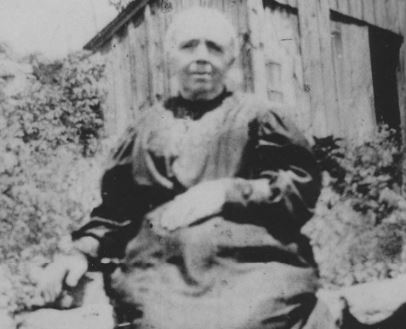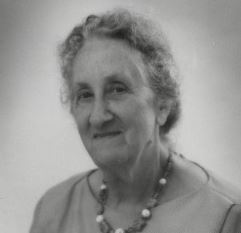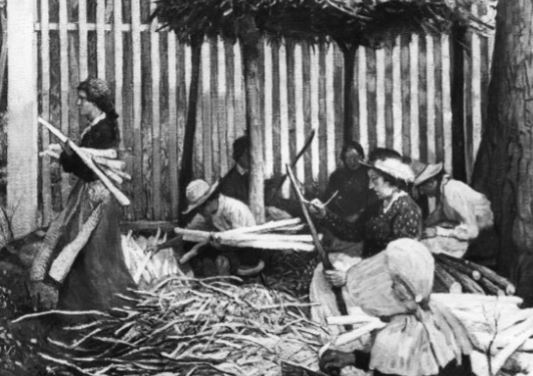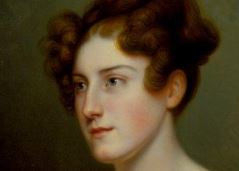The women of the Irish Catholic families who settled along the Brandywine were known for their assertiveness and strength. Author Margaret Mulrooney details in Black Powder, White Lace how such women were integral for the continuation of Irish identity amongst the powder yard worker communities. Women managed and performed difficult household labor, determined how and for how long their children would receive education, and often were responsible for managing their family's finances.
Within the larger community, women served as midwives and managed mourning and burial customs. There were limited money-earning opportunities for women within the E.I. du Pont de Nemours & Co. This included piecework that could be done at home, such as sewing powder bags, press cloths, aprons, and wagon covers. The company also paid Irish women to take in laundry, label powder kegs with wrappers, punch holes in leather to make powder sieves, and peel willow branches for charcoal production.
PRIMARY SOURCES
Midwife Katherine (Katie) Farren photograph, circa 1890
Midwife Katherine (Katie) Farren poses on a stone wall in this photograph. Multiple Hagley sources indicate that Irish women in the powder working communities received payment for delivering babies, keening at wakes (a traditional form of vocal laments for the dead), and preparing bodies for burial. A native of County Donegal, Farren lived in the Walker's Banks neighborhood and was known for the big black bag she carried containing her medical equipment.
Elizabeth Beacom interview, 1967
Born in 1891, Elizabeth "Bess" Beacom grew up in the Squirrel Run neighborhood of the powder mill community. During a 1967 interview, Beacom explained how her mother Maria managed the family’s finances and recalled how Irish women sewed and washed powder bags. She also described peeling willow for charcoal, one of the primary ingredients of black powder.
Peeling willows for charcoal painting, 1900
This painting by Stanley Arthurs depicts workers peeling willows outside of the gate of the E.I. du Pont de Nemours & Co. powder yards. The finest charcoal, one of the three main ingredients for producing black powder, came from willow trees. Peeling willows provided supplemental income to many powder yard families, and it was a task open to all genders and ages.
Sophie du Pont diaries, 1830s to 1880s
Sophie Madeline du Pont, the fifth child of company founder E.I. du Pont, maintained a diary between 1830 and 1887. These were all very personal in content, with great attention to health, family, friendships, religion, social activities, and other aspects of the daily life of the du Pont family and the Irish families of the surrounding communities. Her diaries from the 1830s and 1840s are available online. The remainder are available for research on-site at the Hagley Library.

